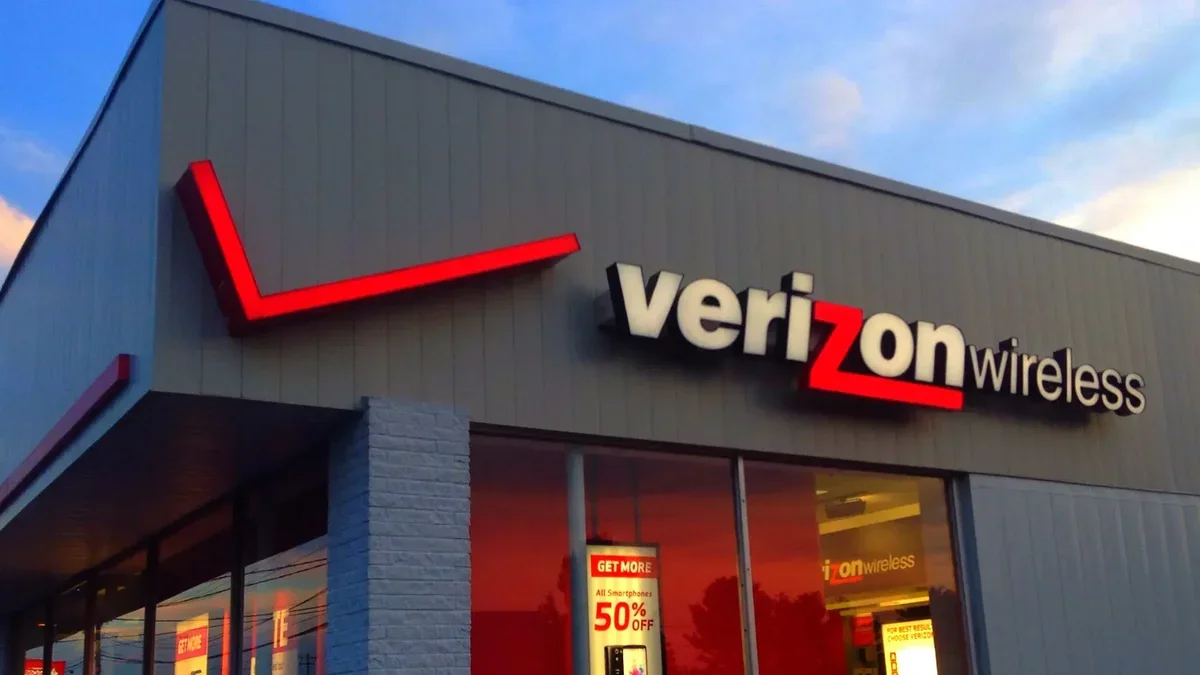Some fusion companies might be hitting a rough patch, but Realta Fusion is bucking the trend with a new fundraising round it says will allow it to finalize the design of its Anvil prototype reactor.
“By the end of our Series A investment period, we’ll have said, ‘Hey, we have a design. We’re shovel ready to go and build Anvil,’” Kieran Furlong, co-founder and CEO of Realta, told News.
The company hopes to make sufficient progress this year and next so it can pitch investors on a Series B, which would go toward building the Anvil prototype, Furlong said.
Realta raised $36 million in a round led by Future Ventures with participation from other investors, including Avila VC, GSBackers, Khosla Ventures, Mayfield, SiteGround, TitletownTech, and the Wisconsin Alumni Research Foundation.
The startup previously raised $9 million in a seed round led by Khosla Ventures. Last summer, it flipped the switch on a pair of magnets and, within two weeks, set a record for a magnetic field confining a plasma.
Fusion has long been proposed as a clean energy source, but so far, only one experiment has been able to hit a major milestone known as scientific breakeven, which describes how much energy fusion reactions are expected to release. That result was still far below what scientists expect a commercial fusion power plant to require.
Still, many scientists and engineers are optimistic that commercial fusion power plants will be viable sometime in the next decade. Realta’s are among them.
The startup hopes to build power plants cheaply enough to supply power at $100 per megawatt-hour initially with an eye toward lowering that to $40 per megawatt-hour as it refines its technology. Today, the most efficient natural gas power plants cost around $45 to $105 per megawatt-hour to build and run, according to Lazard.
Realta spun out of the University of Wisconsin three years ago. Since then, the team, which is now 18 people, has been working alongside university scientists to develop a reactor concept that’s been debated for decades.
The concept, known as a magnetic mirror, confines plasma in a symmetrical bottle shape. Powerful magnets at both ends pinch high-energy particles known as plasma, pushing it back toward the center. The magnetic fields expand as they head toward the center, where weaker magnets help form a plasma cylinder in the middle. To scale the reactor’s output, the company can add more middle sections, which should be cheaper to manufacture because of the less powerful magnets.
If the magnets work as expected, the plasma will reach incredibly high temperatures for long enough that the particles will start to fuse, releasing tremendous amounts of energy in the process.
Realta is one of a handful of fusion startups that have emerged in Wisconsin in recent years. As energy demands for data centers have ramped up in the region — including a forthcoming Microsoft facility near Foxconn’s infamous project — Badger State politicians have begun mulling legislation to lure the nuclear industry, both fusion and fission.
“The state legislature is definitely paying attention,” Furlong said. “We’ve talked to both sides, and we think this is an opportunity for bipartisan work here.”
Ultimately, Realta and the rest of the fusion industry need to muscle through the coming years to bring their plans to fruition and, if all goes well, prove that fusion power is viable.
“We’ve had the Gartner hype cycle. We’re kind of coming down the other side now,” Furlong said, referring to a tech industry theory that outlines the adoption and reception of new technologies.
“What we want to avoid is seeing a few companies blow up spectacularly and spoil it for the rest of the industry,” he said. “We wish everyone success. We all want fusion to succeed. I think we all recognize we’ve got 40 or 50 companies working on it right now. Obviously, not all of them will survive.”









